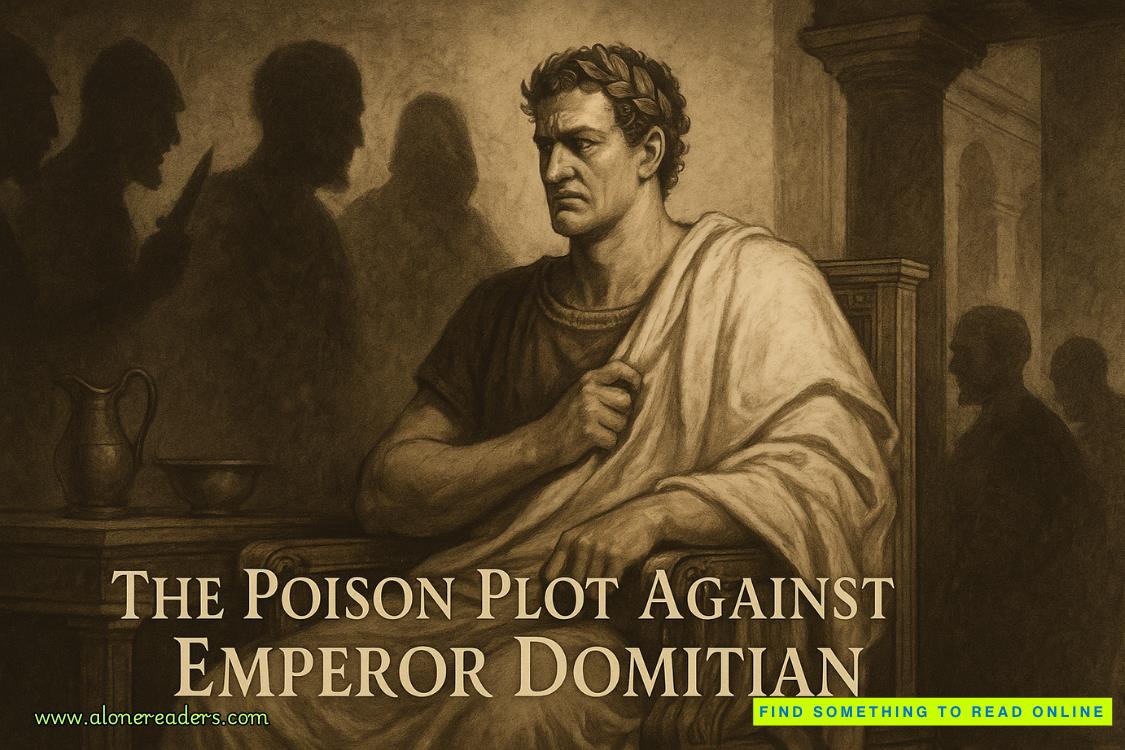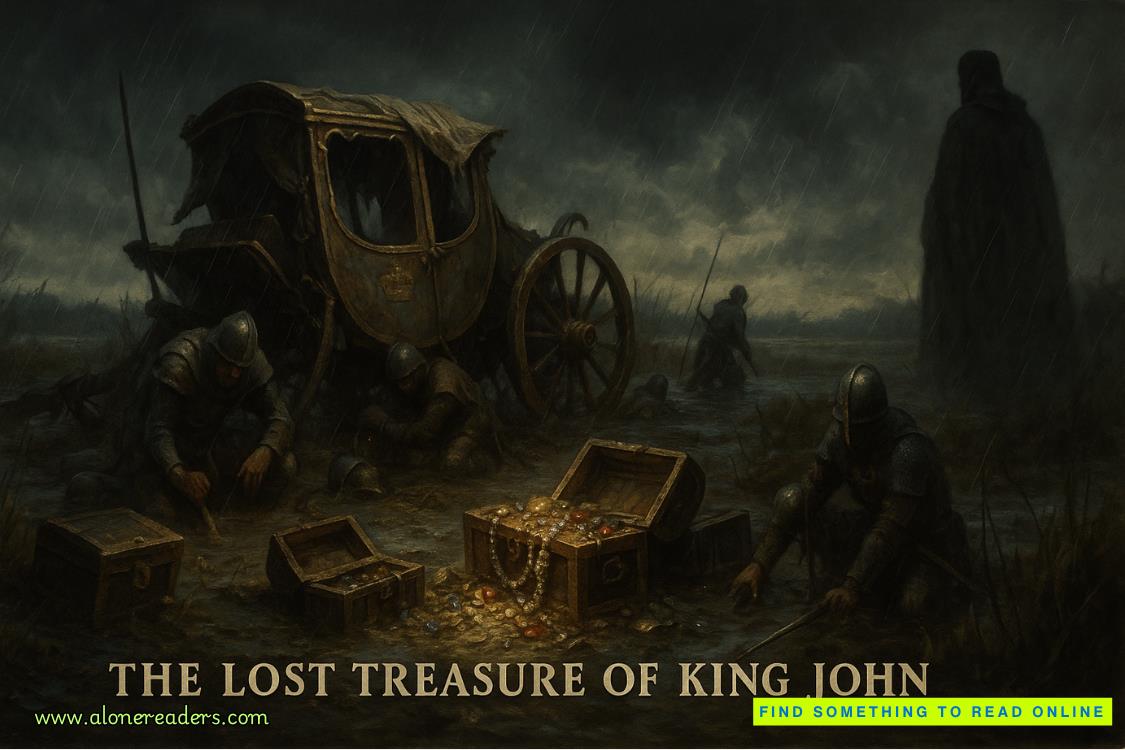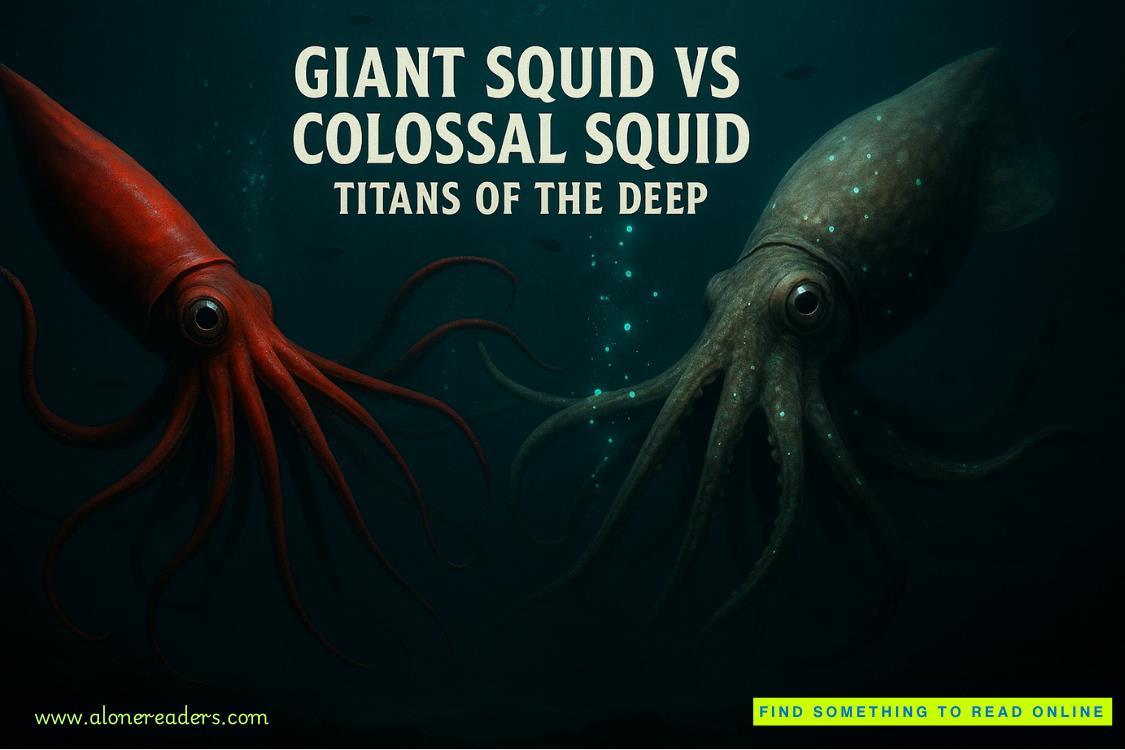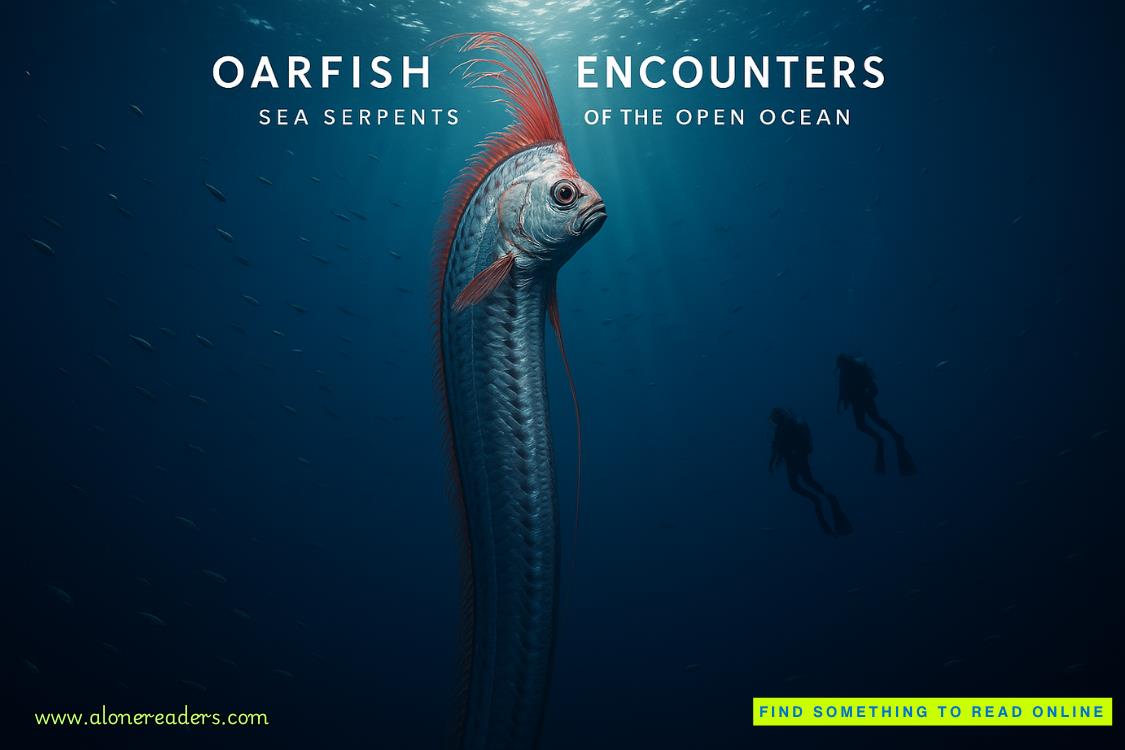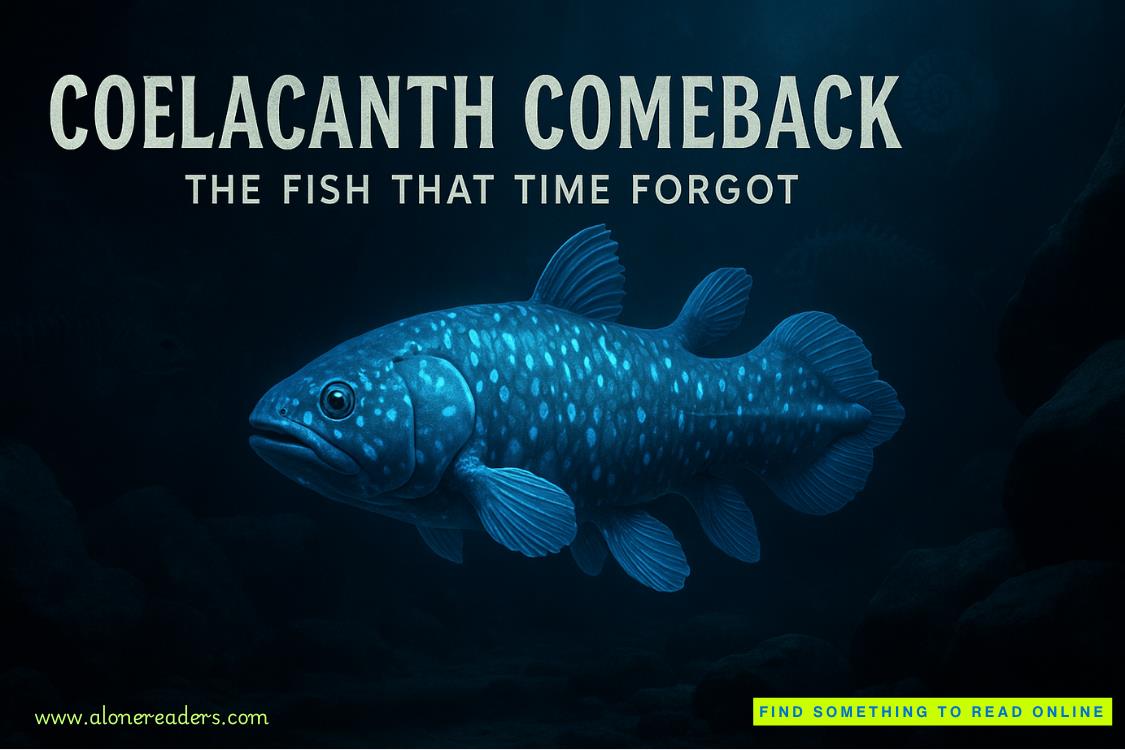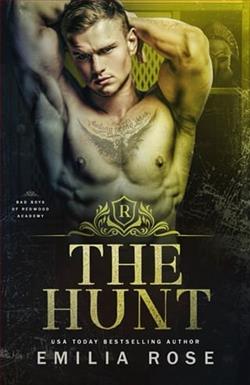Page 2 of Wild Desire
“If Sage was so kind, why did he take white captives?”
“He was fighting for his people’s survival,” Adam said, a frown furrowing his brow. “Like now. I’m sure the Navaho hate like hell that the railroad keeps inching farther and farther into their homeland.”
“Yet, even knowing that, you are still determined to move your spur farther into Navaho land, for your own selfish ideals?” Stephanie said, feeling somewhat guilty for her own reasons for being on the train today.
When Adam did not answer her, Stephanie returned to her seat by the window and became lost in thought as she watched the land flitting past outside. Not only was she anxious to meet this white man who now lived as though he were an Indian, she was in quest of the marvelous photographic opportunities this land offered. Scenes of grandeur were luring her to the Arizona Territory made accessible by the opening of the railroads. The quality of native life with its bond to the earth and elemental primitiveness was a palpable force she found hard to resist.
The Santa Fe Railroad had also employed her. She was to get the most intriguing photographs of the land and people to be used on calendars and postcards, to lure tourists to the Arizona Territory on the Santa Fe.
Her father was a major shareholder of the Santa Fe. She knew that because of him the railroad had been overgenerous to her. She was traveling lavishly in a specially equipped car, which included a front parlor, a fully-serviced darkroom, and living quarters. She would be paid five dollars a photograph.
Stephanie understood why the railroad was so eager for the photographs. The men in sole charge of the Santa Fe had discovered a new culture in the wilderness, and recognizing its potential, had taken up at once the task of exploiting it. America was promise. The West was a jumping off point, a fable waiting to be told. It was still a new frontier in the minds of many who sought new vistas and quick fortunes.
The West was unfolding with the Santa Fe. It fulfilled a longing for adventure and discovery. The Santa Fe was already advertising promises of holiday excursions. It proffered a new world, simple and exotic, in the wilderness of the American West.
Stephanie felt lucky that the golden era of railroading had overlapped with the golden era of photography. Both were setting the stage, paving the way for tourists. The Santa Fe was extending its campaign for a monopoly of the tourist market by circulating grand and enchanting images of Indian life and the scenery of the Southwest.
A sudden shiver rose along her spine at her realization that she was ignorant of the Indians. And since she didn’t know them, except for what she had read in books, and what Adam had told her about the Navaho, she feared them somewhat. Yet she was determined to know how they lived and what they did. She had traveled to a distant place, not only to photograph the people and the land, but also to learn.
She was recalling how fondly Adam spoke of the Navaho, again feeling guilty for what she had planned for them. The railroad was, in truth, planning to exploit the Indians. Adam, who seemed hell-bent on furthering his private spur past Fort Defiance, was going to be exploiting his childhood friend. Stephanie could not imagine the Navaho wanting to have another town spring up, especially one which would bring more white people into their land, gambling, drinking, and raising hell.
“Do you actually believe you can talk the Navaho into agreeing with you about having more tracks run along their land?” Stephanie blurted out as she looked quickly over at Adam.
“I don’t have to have their permission,” Adam said, shrugging. “Out of politeness and old friendships, I’m only meeting with them to seek some sort of acceptance of my plans.”
“My father has spoiled you rotten, Adam,” Stephanie said, flashing angry eyes at him. “Don’t expect the Indians to give in to you as easily.”
“Look who’s spoiled!” Adam retorted. “Who’s got a private darkroom all their own on this train? And God, Stephanie, your private car is far more lavishly furnished than mine.”
She said nothing in return, realizing that what he said was true; but her reason for being on the train was much more important than Adam’s. Having his very own private spur was a folly granted by a stepfather who was going far beyond what a true father would allow.
Stephanie knew that her father did everything to please Adam, in order to please his wife, Sally. She had been widowed twice. He wanted her life to be sweet and comfortable, even if that included having to do more than tolerate her greedy, spoiled son.
In truth, Stephanie knew that her father had agreed to the private spur to get Adam out of his hair. If it meant going on past Fort Defiance, so be it.
“The farther, the better,” her father had voiced aloud to a railroad associate one night, when he had not known that Stephanie had overheard.
That had been the night of the board meeting of all of the shareholders of the Santa Fe, when her father had introduced the idea of Adam’s private spur to them. He had explained that it would be a spur that would run from Ferry Station, New Mexico, to Fort Defiance, and even then somewhat farther, on land occupied solely by the Navaho.
She knew that her father had only gotten the men to agree to his son’s folly, knowing that they were afraid that if they didn’t agree, and her father would withdraw his shares in the Santa Fe, the railroad might come close to bankruptcy.
Stephanie glanced over at Adam, who was smoking another cigar and thumbing through a magazine as the train continued rumbling along. He was now twenty-three, five years her senior, yet in many ways he was less mature than herself.
It was this immaturity that she feared when he became acquainted with the Navaho again. If they didn’t bend to his wishes, he would take what he wanted anyhow, ignoring the danger in which he might be placing himself and Stephanie. When he went into council with them, flashing his diamond rings and sporting the most fashionable suits that could be purchased, revealing his arrogant nature to them, who knew what to expect?
Stephanie’s thoughts were brought to an abrupt halt when the train blew its whistle in three long blasts. Wondering why the engineer had the need to make such a racket, she lifted the window and leaned out to take a look outside.
Up ahead, hundreds of sheep were slowly crossing the tracks. The locomotive shuddered, slowed, and shuddered again, its whistle shrieking.
But to no avail. The sheep walked no more quickly, nor did the sheepherder, who had now stepped into view, hurry his pace as the train came finally to a screeching halt.
Adam moved over and crowded in next to Stephanie, peering out the window with her. “Damn sheep,” he grumbled. “But I guess I’d better get used to them. They are the Navaho’s bread and butter. There’ll be plenty roaming the land.”
He lifted a frustrated hand into the air. “Just look at ’em,” he stormed. “The dumb animals. They don’t even know to be afraid. And look at the Indian. He’s not paying the train any heed, either.”
Stephanie was hardly hearing anything that Adam was saying. Her full attention was on the sheepherder. She had imagined she would see the Navaho in poor clothing. Instead, this man was dressed in brightly colored pants and shirt, and the sun was reflecting onto his turquoise necklace. His long, raven-black hair was held back by a red velveteen band, and his knee-high moccasins were intricately decorated with silver buttons.
“Adam,” Stephanie said, giving her stepbrother a quick glance, “do you expect these Navaho to be poor? It doesn’t appear to me that—”


